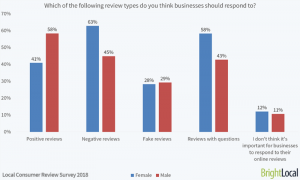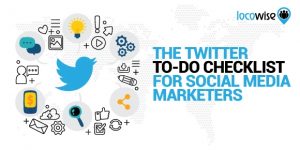Promoting inclusiveness and diversity within your workplace is one of the best ways to develop an open-minded company culture, but it takes true commitment from the entire team to get it right.
According to LinkedIn’s Global Recruiting Trends 2018 report, diversity is an accelerating trend that is changing and impacting the way companies conduct their hiring. The report’s findings reveal that 78% of organizations prioritize diversity to improve culture while 62% of them prioritize it to boost financial performance. The report also adds that employers making meaningful efforts to increase diversity and inclusion in the workplace have heavily invested in their existing employees through supporting employee resource groups (ERGs) and through a strong backing from their leadership teams.
Let’s look at four ways to foster diversity and inclusion in the workplace:
1. Create A Culture Where Every Voice Is Heard And Respected
Your employees are likely to quit their jobs if they feel their authentic self is not appreciated. This is why, it is important to foster diversity and inclusion in the workplace and create an environment where they feel a sense of belonging to the organization.
In order for employees to not hesitate to express their opinions based on their unique perspectives, you need to make sure they feel included regardless of their race, gender, age, sexual orientation, cultural background or physical condition. When workers are given the freedom to express opinions without fear of victimization, it becomes easier for companies to embrace diverse viewpoints.
In a survey conducted by Harvard Business Review, 75% of respondents said that superficial policies and language weren’t sufficient to produce real change. They stated that leadership commitment and establishing strict anti-discriminatory policies were pivotal. As an employer wanting to support diversity and inclusion in the workplace, you need to pay special attention to how you can adopt non-discriminatory practices and policies.
One effective way to do that is to invest in a workforce communications platform. When you integrate all your communications channel into one platform, it becomes easier to reach each employee on their preferred channel. By doing so, you will not only gain insights into their needs but also will be able to offer a personalized experience that lets all voices to be heard.
2. Check for Bias in Recruitment Processes
A McKinsey study shows that gender diverse companies are 15% more likely to outperform their competitors while culturally diverse companies are 35% more likely to do so. Yet, businesses struggle to find the right balance. This is because unconscious bias is embedded in the hiring processes – from screening résumés and interviewing applicants to extending offers. As a business leader, it is your responsibility to identify unconscious bias in your recruitment process, work on making them conscious and then try to mitigate them.
Plus, while technology has enormous potential to increase efficiency, it also holds enormous power to reinforce group-based inequalities by race, gender, or other social categories.
So, it is also necessary to make sure that technologies that are deployed for corporate screening, hiring and evaluation are built on data that are not detrimental to any specific socio-demographic group. You must ensure that the tool that you use is capable of accurately predicting the success for a particular role. Organizations need to proactively test new technologies before implementing them to ensure that biases don’t creep in.
3. Use The “Inclusive Workplace Model”
Do you know that failing to score high inclusivity marks as a company means there is a high chance of you alienating some of your workforce? For instance, consider a Muslim employee who doesn’t feel comfortable performing his daily prayers on company grounds. Or an employee who’s a native Chinese speaker but feels reluctant to speak any other language other than English in the workplace.
Indirectly forcing employees to mask or hide the core parts of themselves can make them feel insecure and invisible, and thus they are likely to react with fear and distrust. As a result, it has a negative impact on employee motivation, engagement, retention and turnover rates. This is why, companies also need to consider different aspects of inclusivity to create a diverse and inclusive workforce – one that reflects a variety of backgrounds and experiences.
4. Forget ‘Fit’ And Focus On Helping Individuals Thrive
The norms, power structures, and inequities in society can easily make their way into your company and become entrenched in your organizational system, propelling you to hire, train and reward people who “fit.”
In order to create a culture where every individual can contribute their full potential, you need to investigate the systems and processes in your organization to unearth the blind spots and then find ways to fix them. Hunting for a “fit” can be dangerous as it risks exclusion. You should, therefore, identify and bring to life your organizational values, mission and purpose, and define your ‘fit’ adhering to those.
Business & Finance Articles on Business 2 Community
(59)








